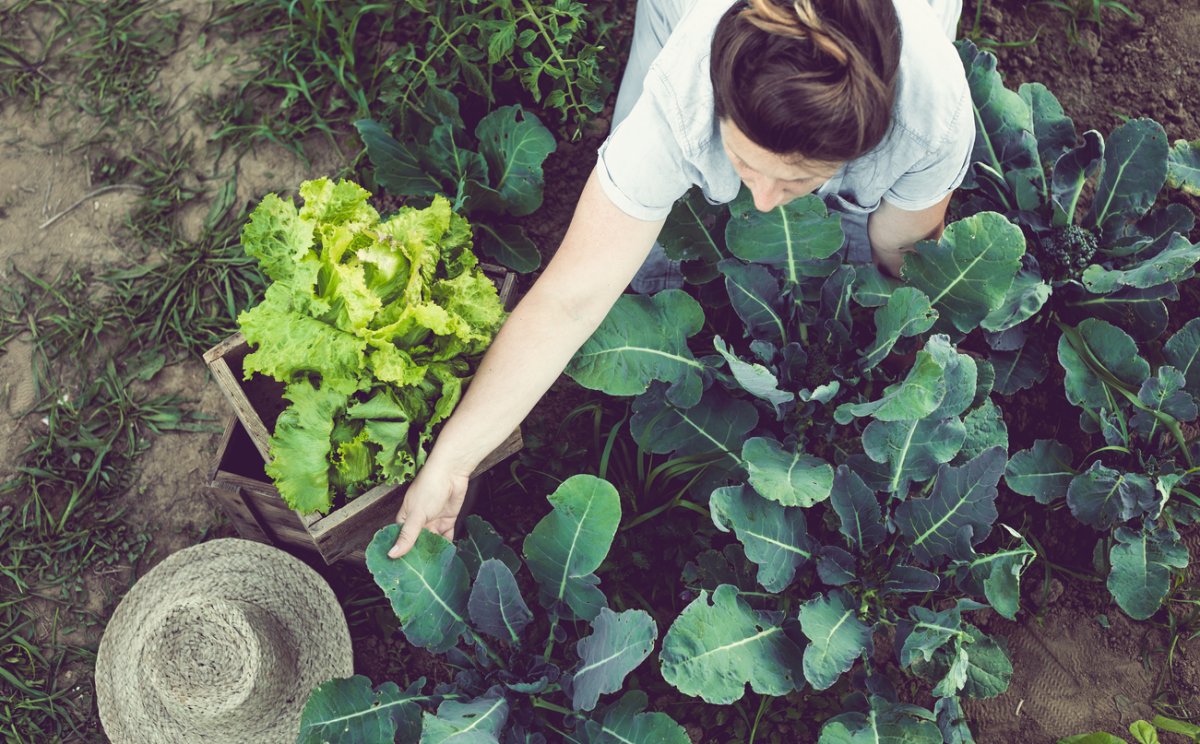We may earn revenue from the products available on this page and participate in affiliate programs. Learn More ›
Most people tend to think of fall as the end of the gardening season: It’s when you pull all the spent crops, clean up debris, and get ready to put plants to bed for the winter. But there’s also an opportunity to harvest some edibles late in the season. Some pros even plan carefully enough to be able to harvest all winter long.
The key to planning a fall harvest is to get everything in the ground early enough. In most areas, that means planting in late July or early August (in warmer zones, you can start later). That gives plants enough time to grow before the days become too short. Make sure you know your average first frost date so you seed or transplant far enough in advance to see plants mature. Planting schedules will vary depending on your USDA hardiness zone. Here’s what you can still plant now:
Beans
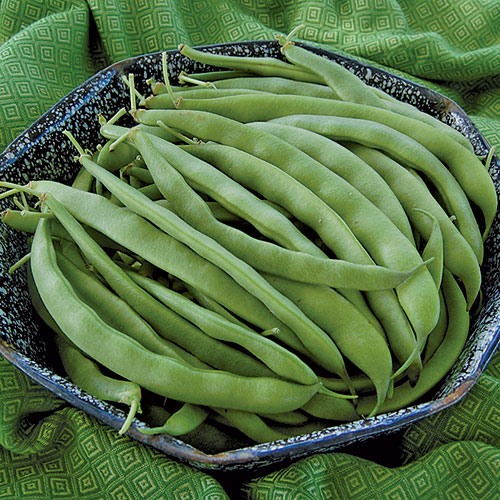
Beans are tender crops, but they grow and produce quickly. That means there’s usually enough time to plant a second batch of these nitrogen-fixing plants before frost sets in. Stick with bush beans since they’re hardier than pole and runner beans, and usually mature more quickly. A fast-growing bush bean variety is Bountiful, which matures in 45 to 50 days.
Beets
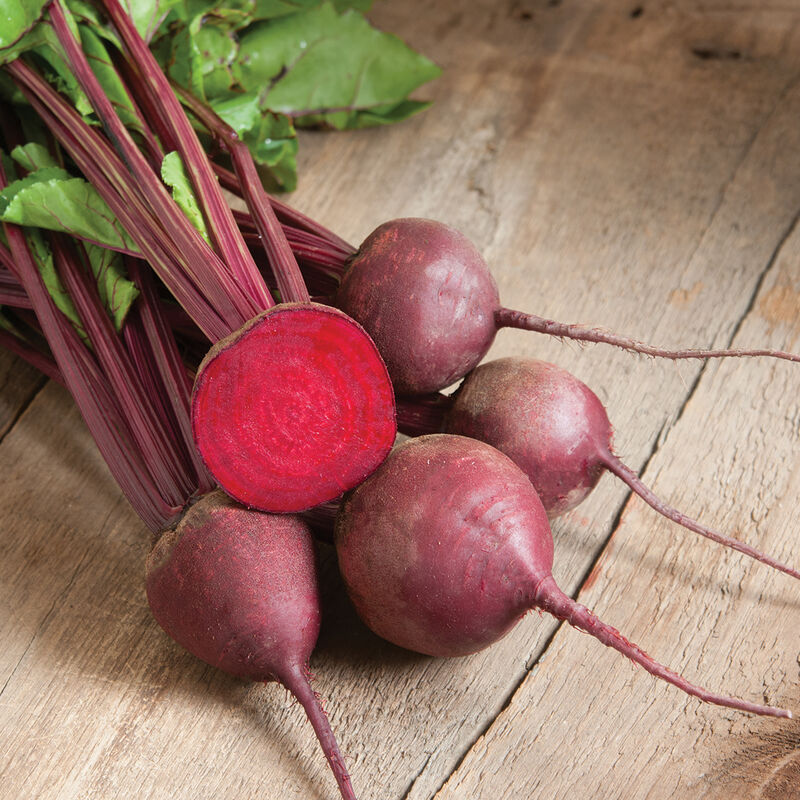
Beets are good raw but are more often roasted, boiled, pickled, or cooked into soup—borscht is a classic dish. Whatever way you like them, beets are a good source of magnesium and vitamin C. A garden favorite, Red Ace beets are sweet and tender, with a beautiful pure red color, especially during cooler weather. They mature quickly and are usually ready to harvest in less than 2 months.
RELATED: How to Get Rid of Squash Bugs—and Keep Them out of Your Garden for Good
Bok Choy and Other Asian Greens
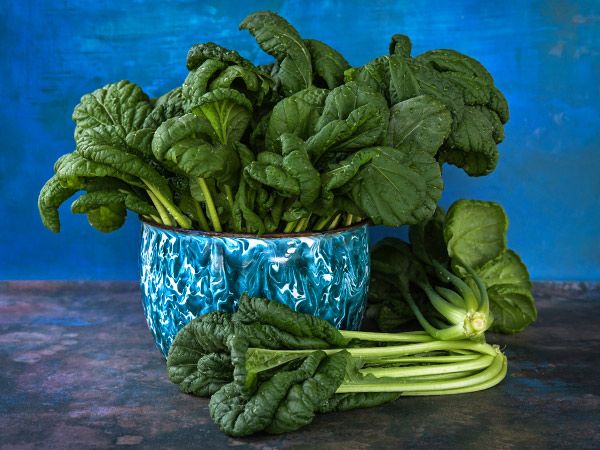
Many gardeners struggle to grow heat-sensitive plants during the summer because plants send up flower stalks and become bitter as soon as it gets too hot. When it’s ultrahot, some plants— like bok choy and many Asian greens—will bolt as soon as they sprout from the ground. These quick-growing greens are better suited to cool-season growing and don’t take long to mature. Varieties perfect for fall harvesting include Chijimisai (55 days), Yod Fah Chinese broccoli (55 days), and Prize Choy (50 days).
RELATED: 11 Types of Asian Greens and How to Grow Them
Broccoli
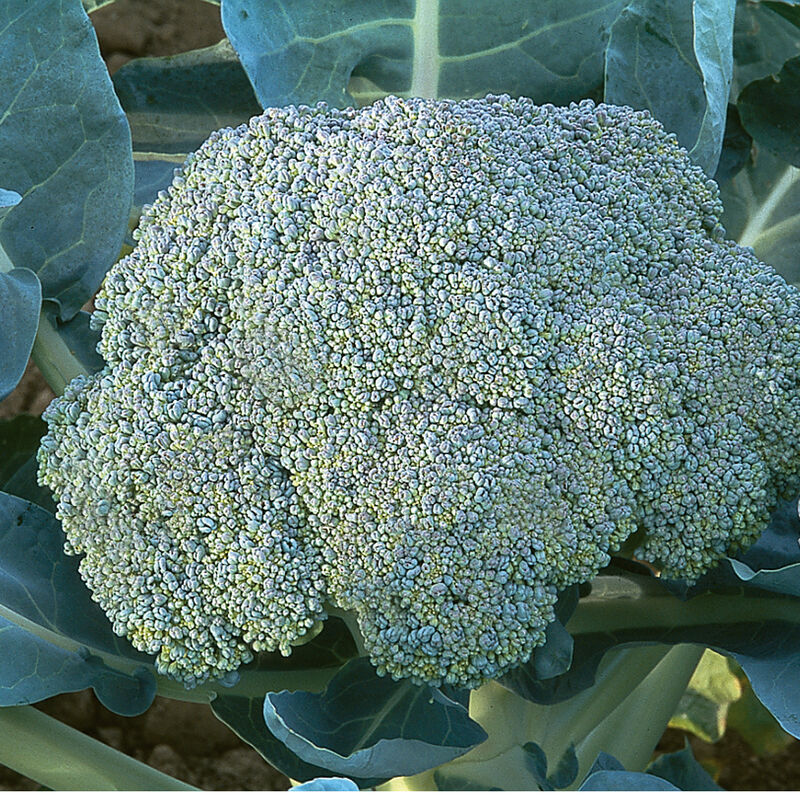
Most people have trouble growing broccoli because they plant it at the wrong time. As a cool-season vegetable, broccoli grows best at the tail end of the season. In fact, heads that mature in cooler weather are tastier and better in quality than those picked during the hot summer months.
Broccoli tends to mature within about 90 days, give or take, so think about your weather patterns before deciding when to plant. Consider broccoli varieties and close relatives, such as broccoli rabe, Santee purple sprouting broccoli, or De Cicco for your fall garden. Gardeners in warmer climes might consider Hybrid Gypsy broccoli, which is more heat-resistant than most other varieties and also has good resistance to downy mildew. It’s a deep green, medium-sized broccoli that reaches maturity within 2 months of planting in full sun.
Cabbage
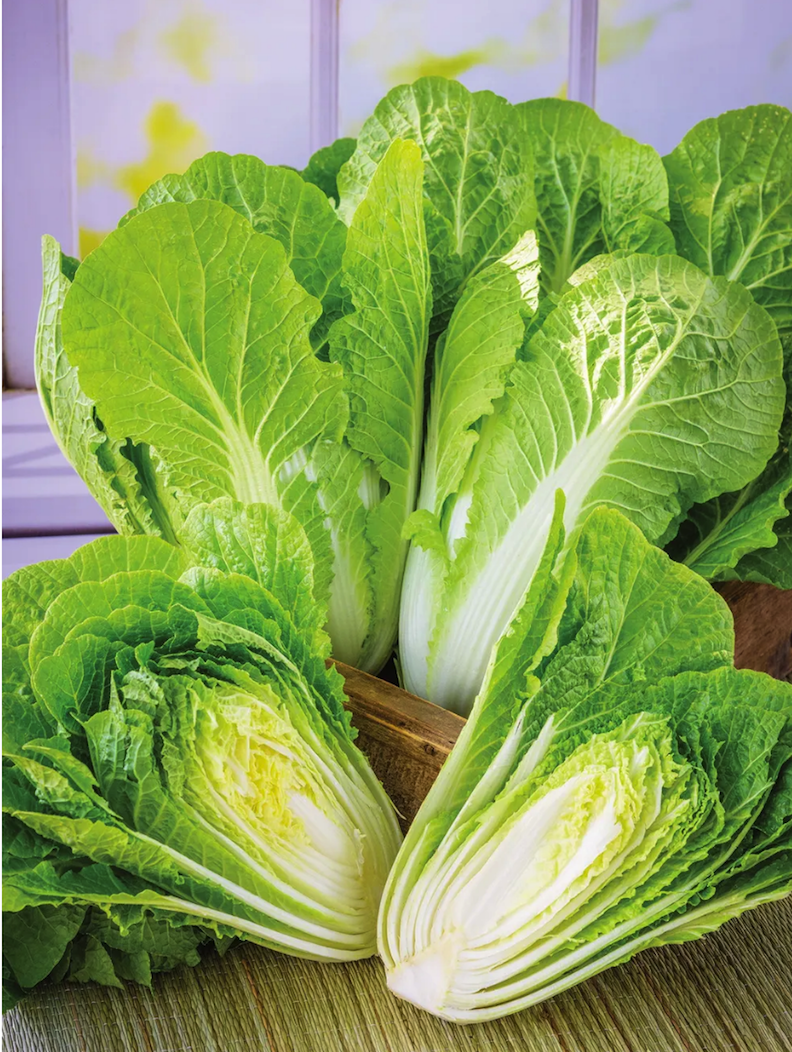
Plant cabbage seedlings 8 to 12 weeks before your area’s expected first frost, or seeds 6 weeks before you’ll move them to the garden, depending on variety. Cabbage likes rich soil with plenty of compost, and you’ll want to plant your seedlings in full sun. Fertilize with a nitrogen-rich fertilizer two or three times throughout the growing season. While you’ll find almost endless varieties to choose from, consider Napa cabbage, which doesn’t form round heads like green or red cabbage, but instead produces upright, oblong-shaped heads covered with a few looser leaves. Barrel Head is an especially large variety of Napa cabbage with a mild flavor that turns a bit sweet when cooked.
RELATED: How to Get Rid of Cabbage Worms
Carrots
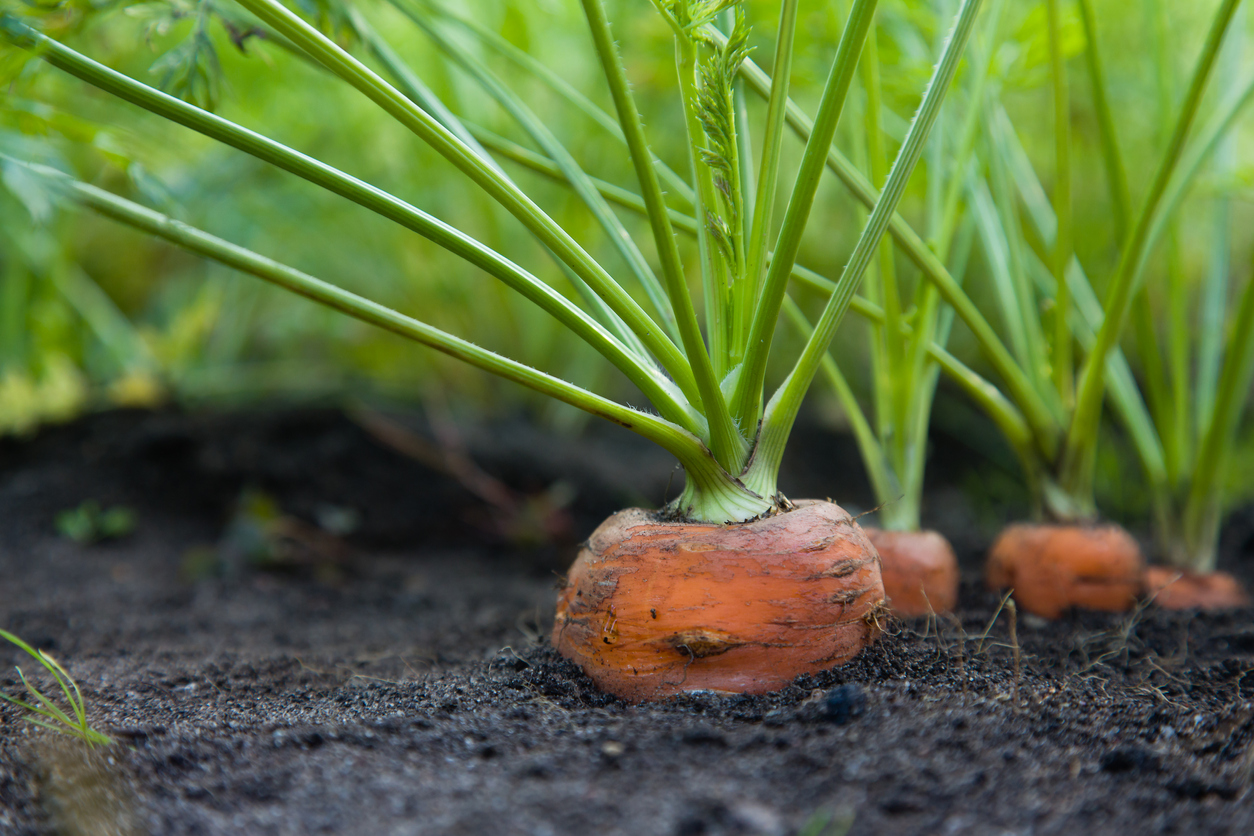
Carrots are an excellent choice for the fall garden because they’re easy to grow and can withstand frosty temperatures. Plant carrots in deep, well-worked soil with plenty of compost and no pebbles, rocks, or dirt clods. Leave them in the ground when there’s a freeze, and their flesh will taste even sweeter. Most varieties mature in about 70 to 90 days, but if you’re cutting it close with your planting dates, opt for a dwarf carrot variety like Paris Market.
Collards
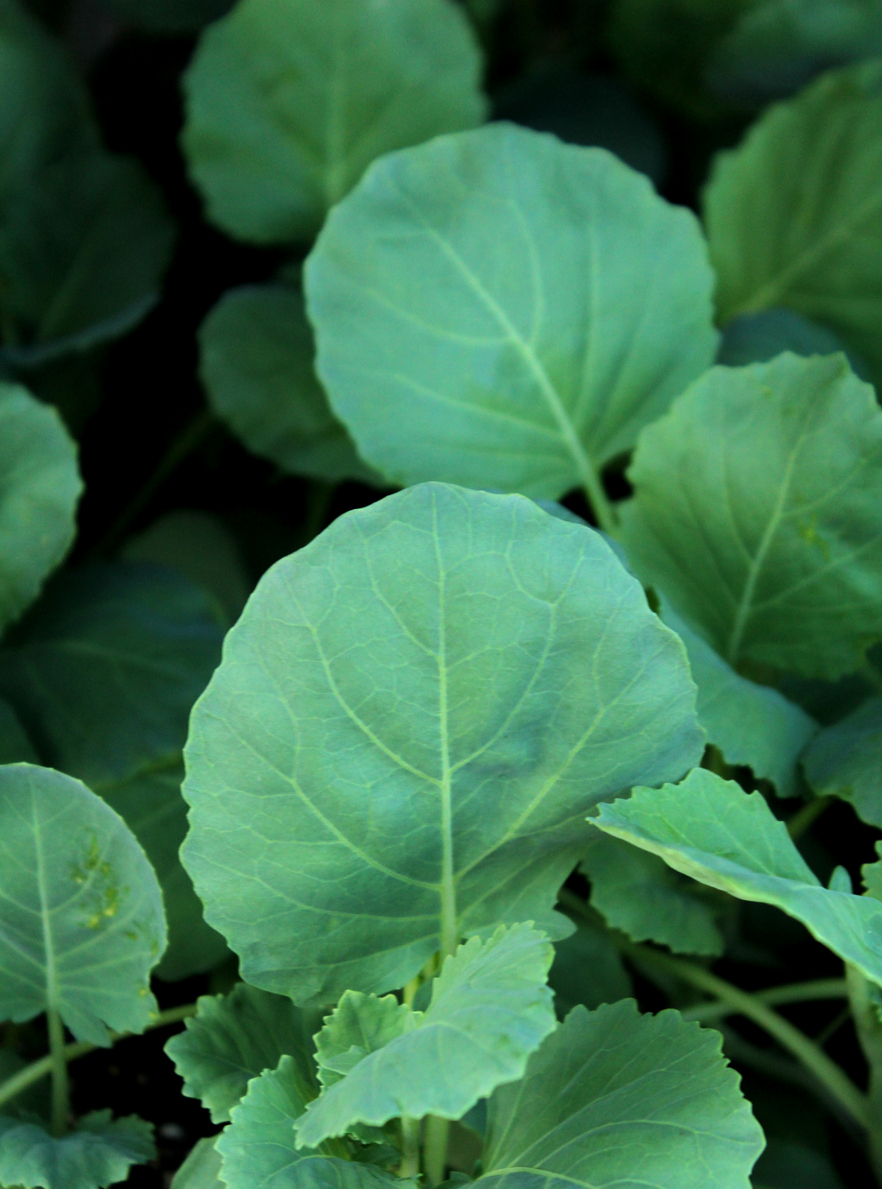
Whether steamed, braised, or stir-fried, collards are the perfect accompaniment to pork dishes, chicken, or hearty vegetarian recipes. Georgia collard is an heirloom variety with large, dark green leaves and a mild flavor that gets even better with frosty weather. Plant seeds in a full-sun location, and you’ll be ready to harvest in a little over 2 months.
RELATED: 11 Decoy Plants Guaranteed to Trick Garden Pests
Green Onions
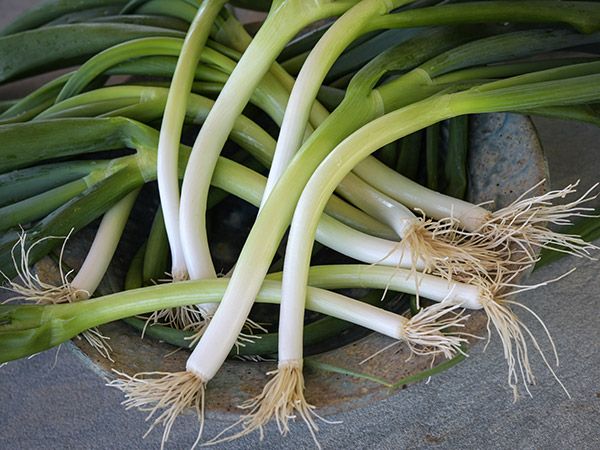
Because onions are sensitive to changes in daylight hours, it’s not possible to plant them at the end of the season and harvest their bulbs in the fall. Most onions need a long growing season. But you can still plant green or bunching onions because they usually don’t take much more than 60 days to mature. Varieties suited for late-season planting include Ishikura onion (40 to 50 days) and Parade (60 days).
Kale
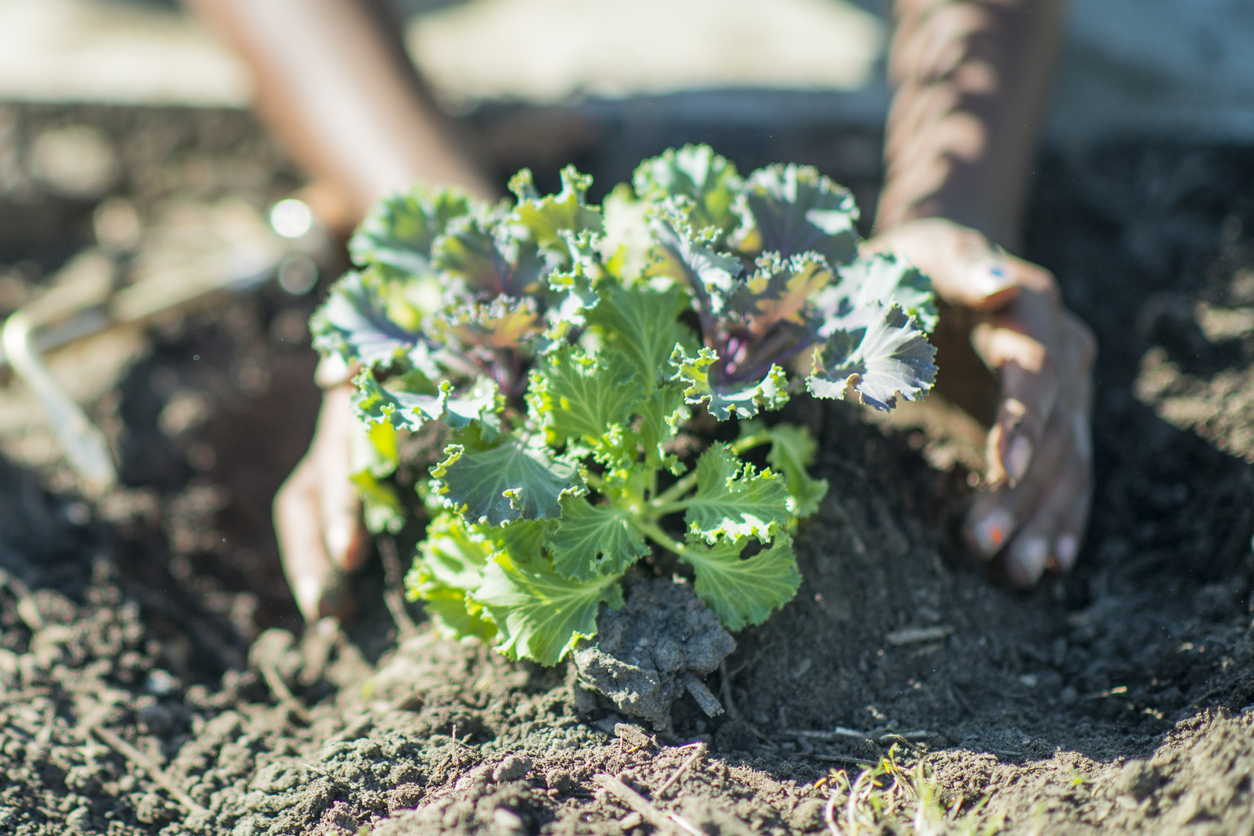
These nutritious leafy veggies are hardy and easy to grow. Some varieties have been bred specifically to withstand freezing temperatures, allowing gardeners to continue harvesting during the winter. Many types mature within 60 days, but you can also harvest leaves in their baby form. Cold-hardy kales include Siberian, Westlander, and White Russian. Like carrots, kale gets sweeter after a freeze.
If you find kale too bitter or chewy, Red Russian kale is the variety for you. This heirloom kale is much more tender than most other varieties and not so bitter, and it becomes even sweeter with exposure to frost. These are large, attractive plants, with dark green leaves dappled in purple.
Lettuce
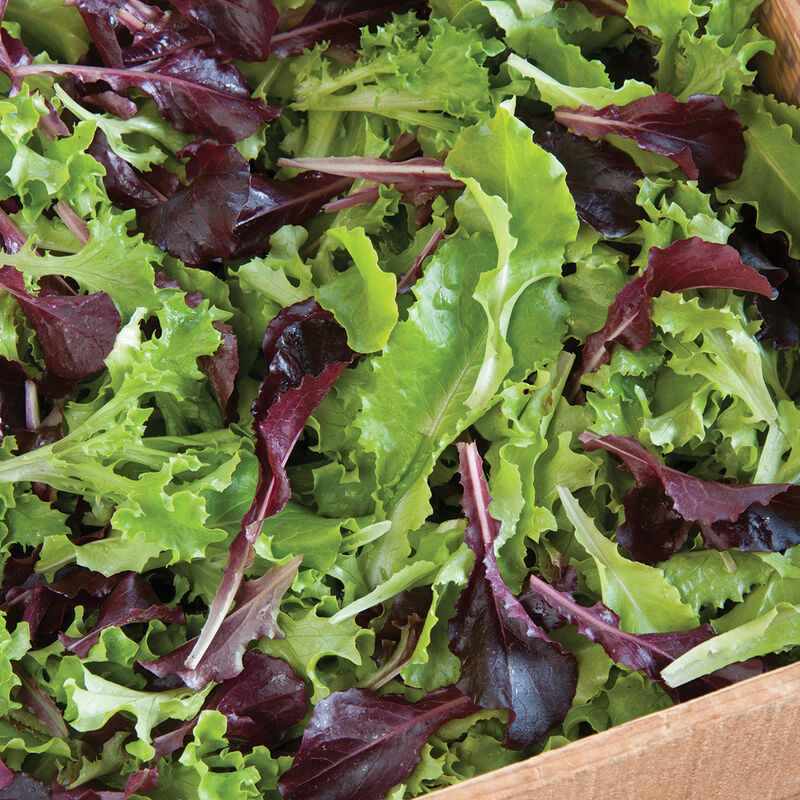
Another vegetable that isn’t a fan of the heat is lettuce. Seeds and plants tend to do better in cool conditions. But by picking the right varieties, you might be able to enjoy lettuce far past the end of fall, with the help of some protection like row covers or cold frames. Cold-hardy lettuce varieties include Rouge d’Hiver (60 days), Winter Density (55 days), and Merveille des Quatre Saisons (48 days). For a little variety in your leafy greens, consider a blend. With the Five Star Greenhouse Lettuce Mix, you get a healthy, tasty, and beautiful mixture of five types of lettuce: green oakleaf, red oakleaf, red romaine, green leaf, and red leaf, all chosen with mildew-resistance in mind. Plant lettuce seeds in a sunny spot, and you’ll be enjoying your homegrown salad in less than a month.
RELATED: Here’s How Building a Cold Frame Can Extend Your Gardening Season
Peas
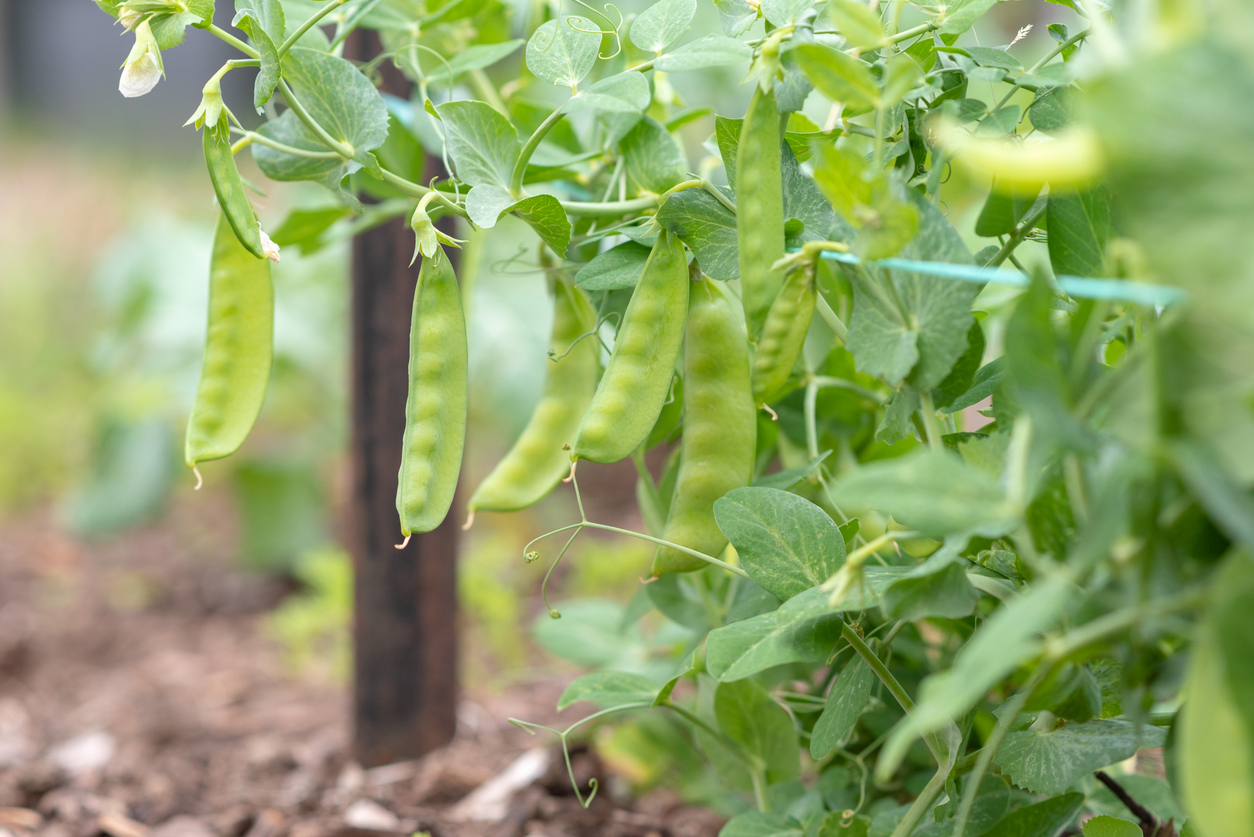
Peas are typically an early spring crop, but adventurous gardeners might be able to get an autumn harvest in. It’s a bit of a gamble planting peas in the fall, as an unexpected heatwave can wipe out your crop, but it might be worth taking the risk to plant this heirloom variety, Oregon Sugar Pod II. The large, sweet pea pods are delicious right off the vine, or you can steam them as a side dish or toss them into a stir-fry. You can even freeze them for later use. Support the 28-inch vines with a stake or trellis. Plant in full sun and expect a harvest in two-and-a-half months.
Radishes
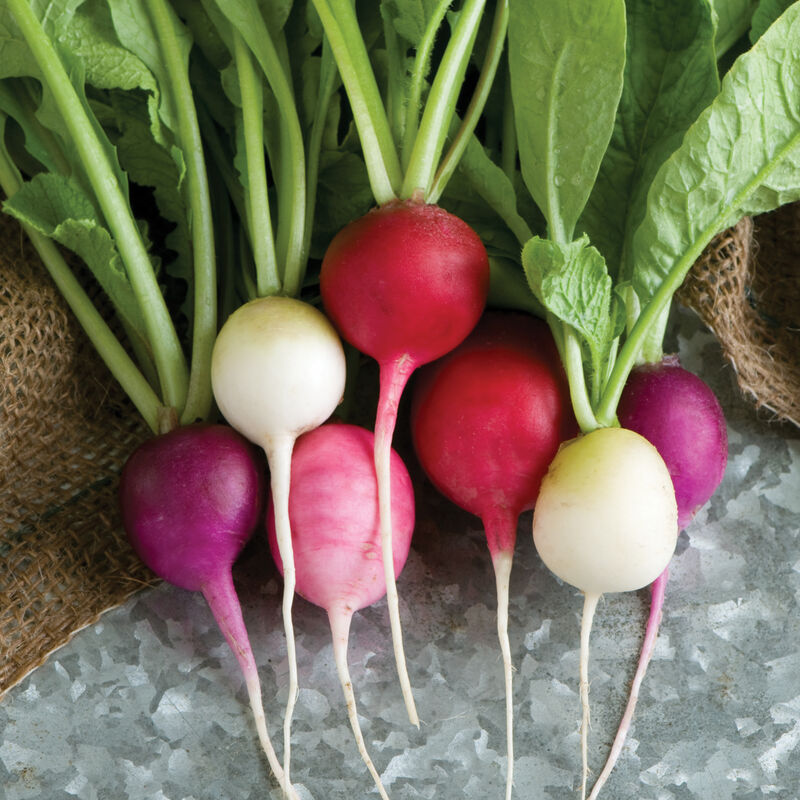
These pungent veggies are one of the fastest-growing edibles in the vegetable garden. Most varieties take less than a month to mature. If the timing is right, you might even get to harvest them twice. Plum Purple is a hardy variety that responds well to changing weather. Pink Lady Slipper radishes are another great choice for the fall garden because they stay fresh for weeks in storage. Or try Easter Egg II, which provides a mixture of red, purple, and white mild-flavored radishes that remain crisp longer than many other radish varieties.
Summer Squash
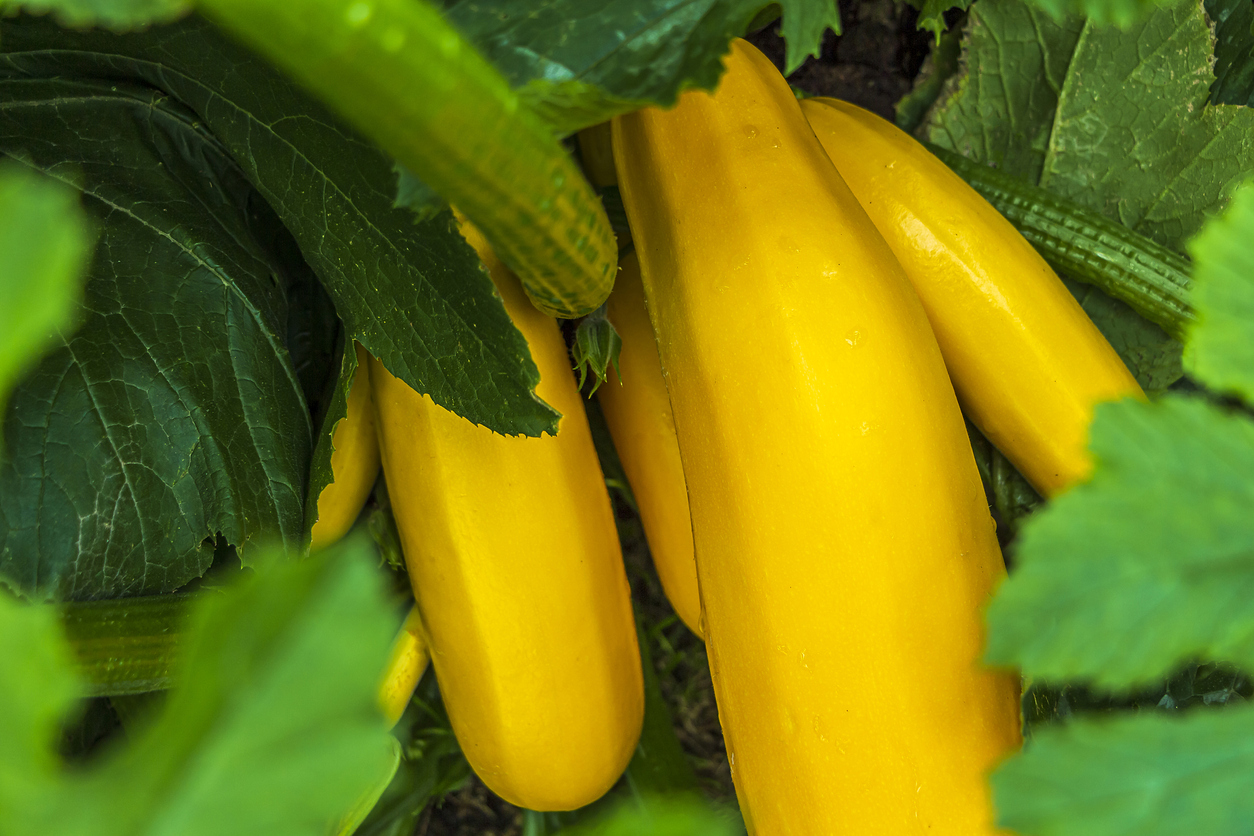
Fall squash is what people usually harvest when the leaves are changing colors, but it takes a long time to grow hard-skinned squashes like butternut or acorn, so they must be started in spring or early summer. Summer squash, on the other hand, matures impressively fast. If you had a successful summer crop, you may be able to plant again in late summer/early fall to get a second harvest before temperatures drop. Squash doesn’t like frost, so plant ASAP to ensure fruits can form and mature before the first frost date.
RELATED: How to Grow Squash
Swiss Chard
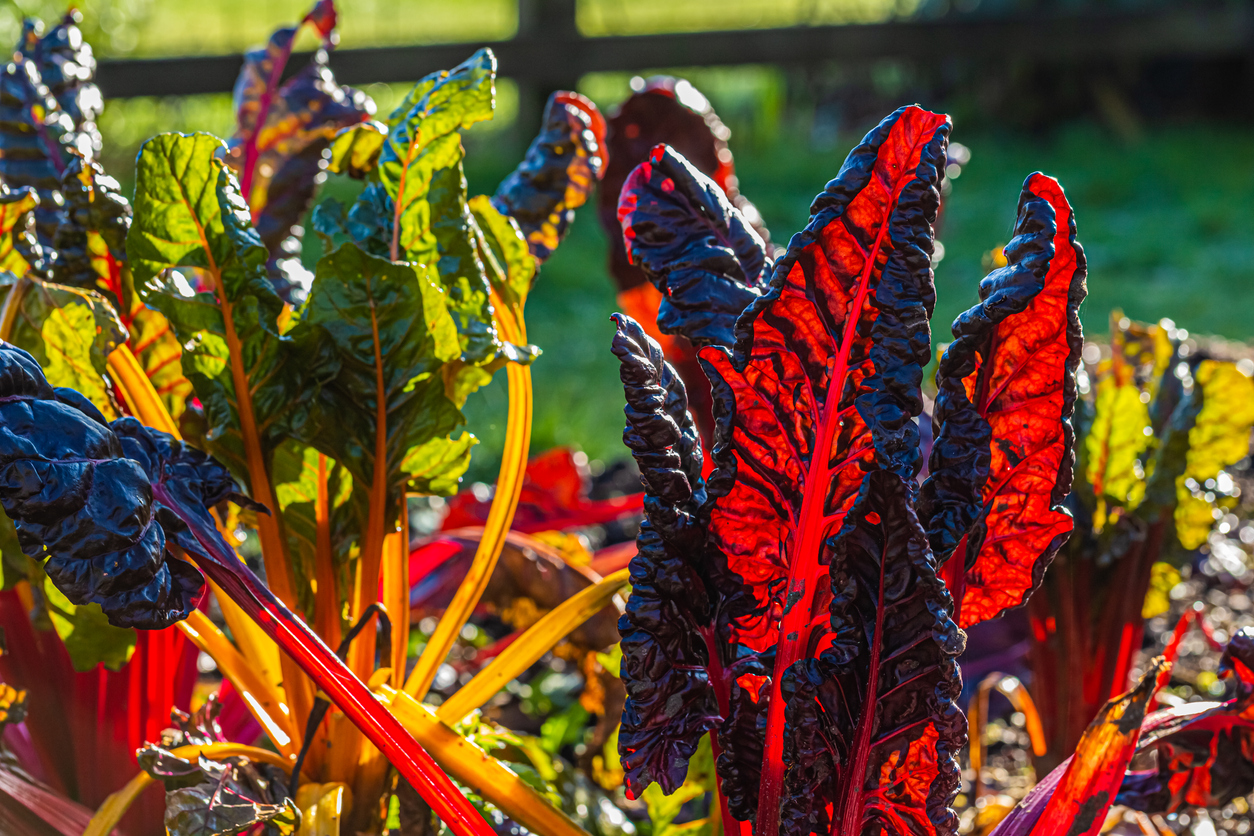
Swiss chard isn’t as hardy as kale, but it’s still a solid pick for late summer planting because it can tolerate light frost. Most varieties require 50 to 60 days to mature, but even if you don’t plant early enough, you may be able to harvest slightly smaller leaves at the end of the season. For a colorful fall display in the garden, plant Five Color Silverbeet Swiss chard. Also try
Bright Lights Swiss chard, which features deep green, crinkled leaves, and lights up the garden with its bright gold, pink, red, orange, and purple stems. Whichever you choose, you can use Swiss chard in the same way you use spinach: Eat it raw in salads, steam it as a side dish, sauté it in a bit of olive oil, or cook it in soups.
Turnips
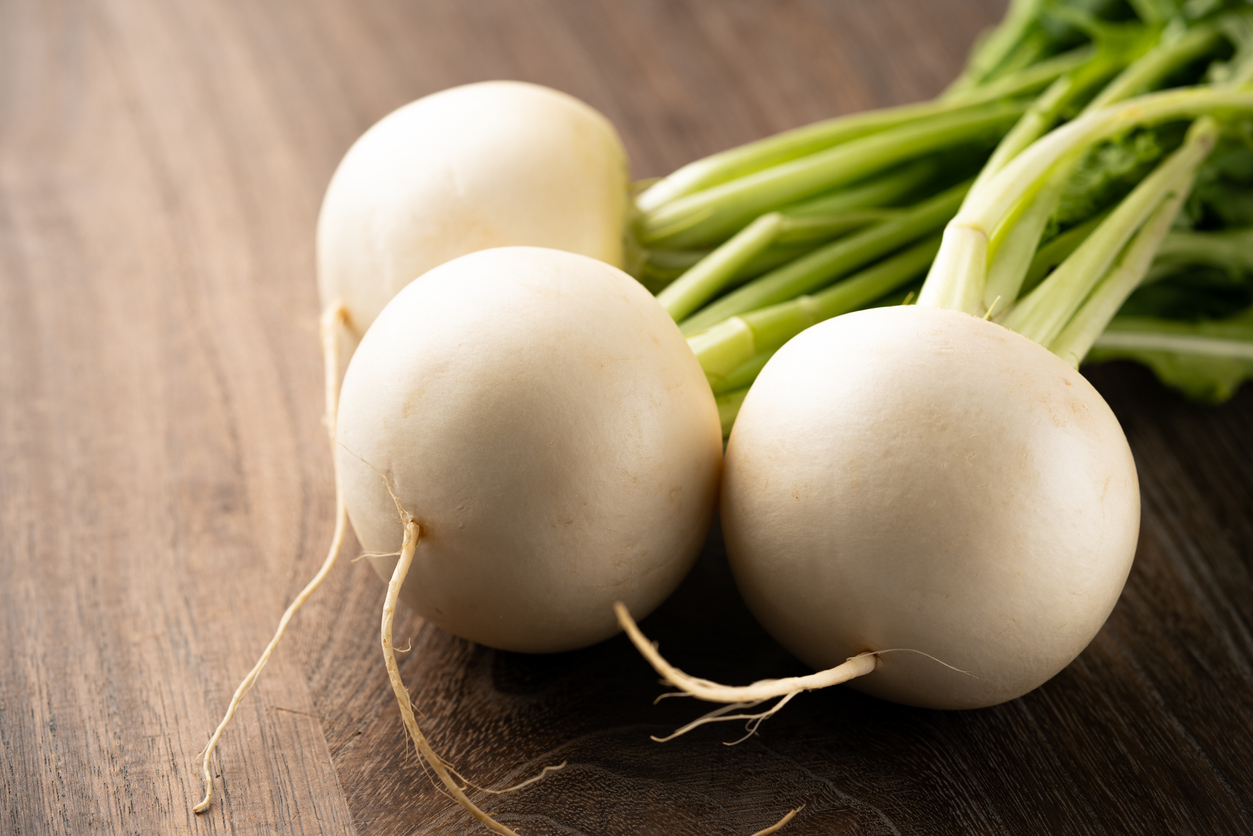
The perfect turnip for snacking, hybrid Silky Sweet is large, crispy, and bursting with sweet deliciousness. Of course, you can roast, bake, boil, or steam this cruciferous vegetable, and you can also cook the leafy green tops, which are similar to mustard greens. However you prepare it, this will surely become one of your favorite root vegetables. Plant the seeds outdoors in a sunny spot, wait approximately 2 months, and your turnips will be ready to harvest.
